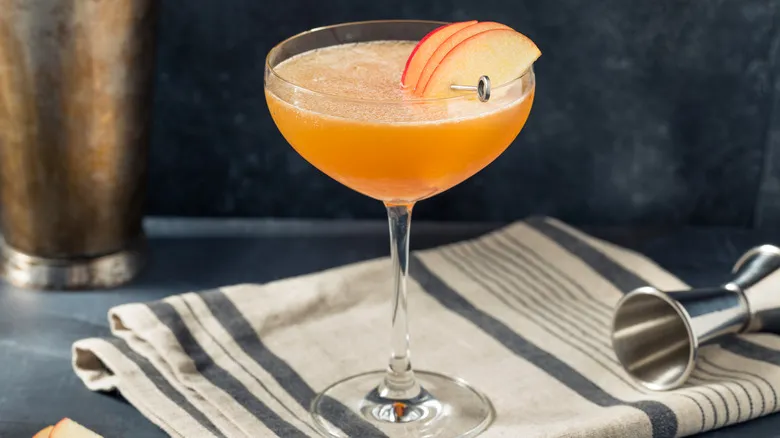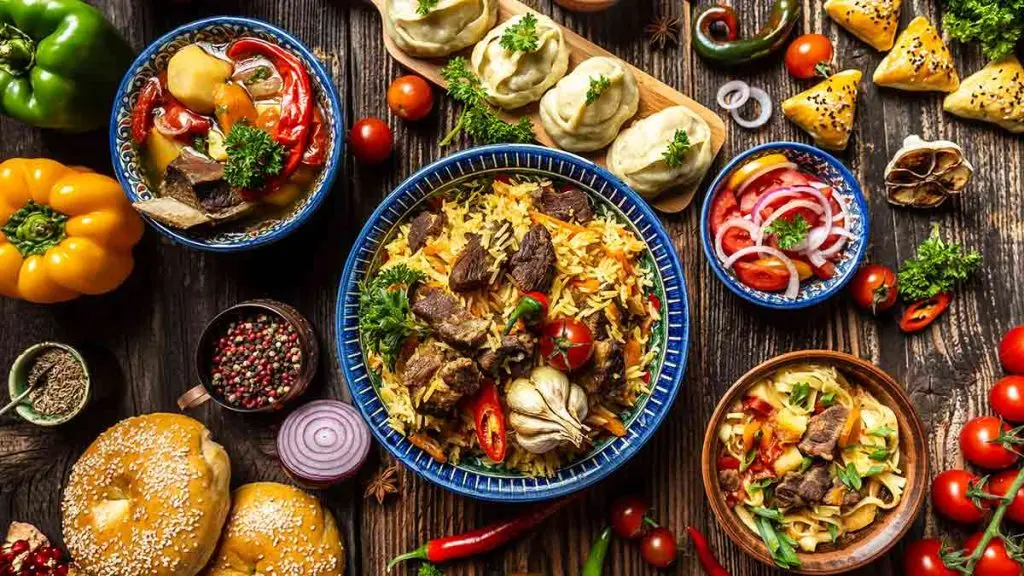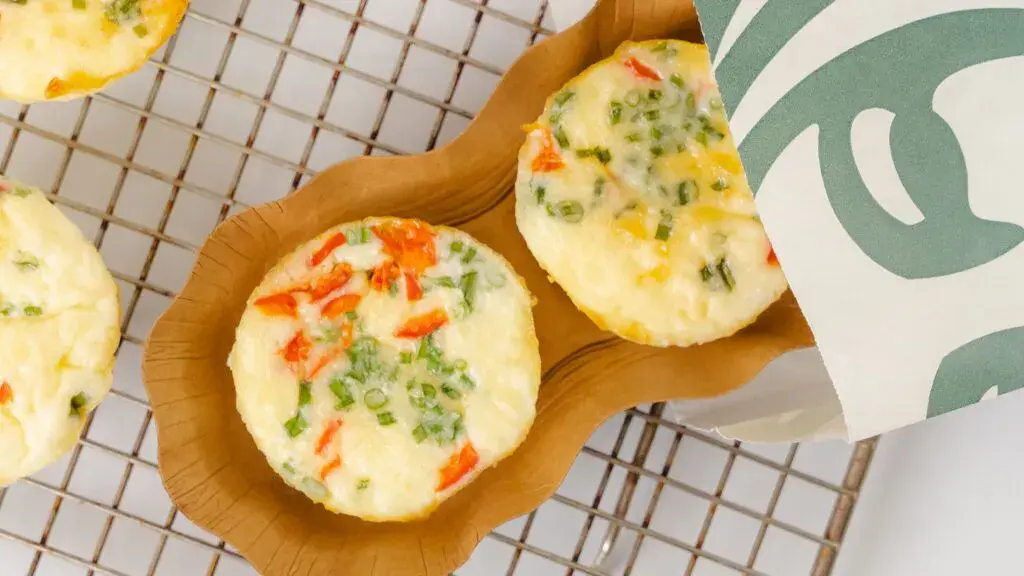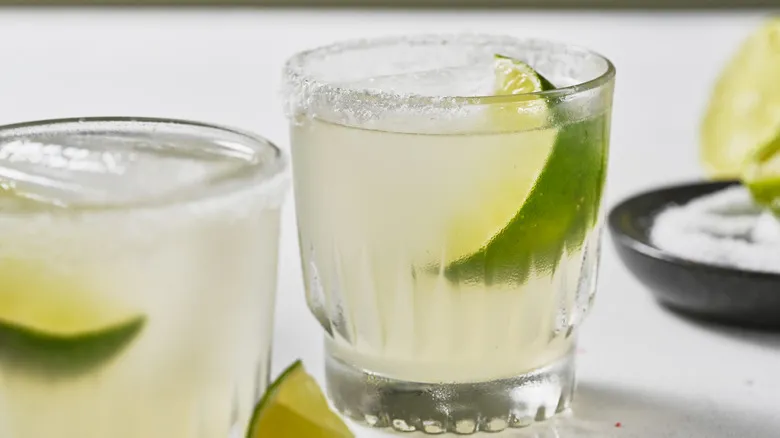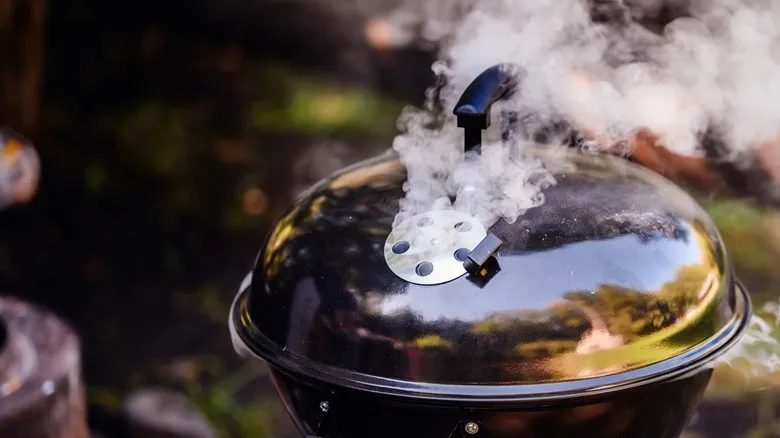The origins of the Washington apple cocktail
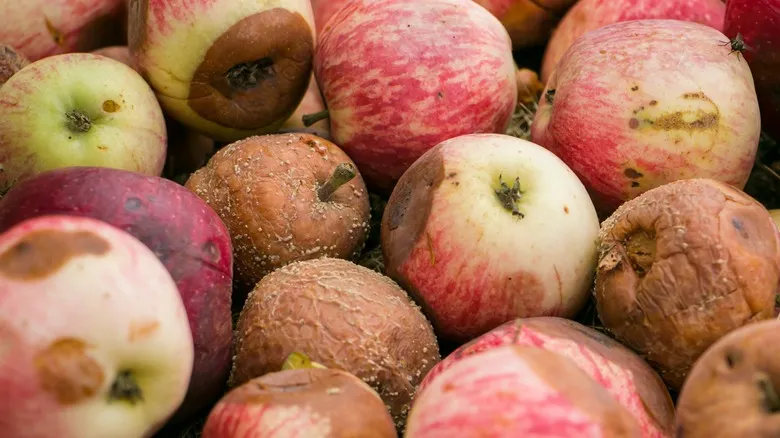
The 1980s and '90s marked a distinct period for mixed drinks and cocktails (and yes, there is a difference between the two). Beyond straightforward options like vodka tonics, the era was characterized by sweet, fruity concoctions such as the appletini and cosmopolitan, as well as shooters like the lemon drop and sex on the beach. Interestingly, many of these drinks, including the espresso martini (which is often disliked by bartenders), are experiencing a resurgence among a new generation of enthusiasts. The recent surge in websites sharing Washington apple cocktail recipes suggests that this drink is also enjoying renewed interest. "Those were the golden years of shooters," remarked Keith Waldbauer, a bartender at Seattle's The Doctor's Office, in an interview with Chowhound. He reminisced about how he "definitely made quite a few" Washington apples back in the day, noting that they were quite popular.
According to the introduction of Randy Woodward's ebook, the cocktail was born from a fortunate mishap during a particularly poor apple harvest in 1980s Eastern Washington. Woodward explains that "due to the notorious Nigerian 'Naguyuc' bug, a significant crop failure occurred." Most farmers abandoned their fields, except for Christof Guycoogan, a carpenter. Woodward recounts that one evening at a bar, Guycoogan accidentally spilled his whiskey-and-cranberry-juice cocktail after "tripping into a pile of rotten apples." Enjoying the unexpected flavor combination, he decided to take it a step further by fermenting "a fine apple liqueur" and introducing the cocktail, which eventually gained popularity.
Getting to the core of the origin story
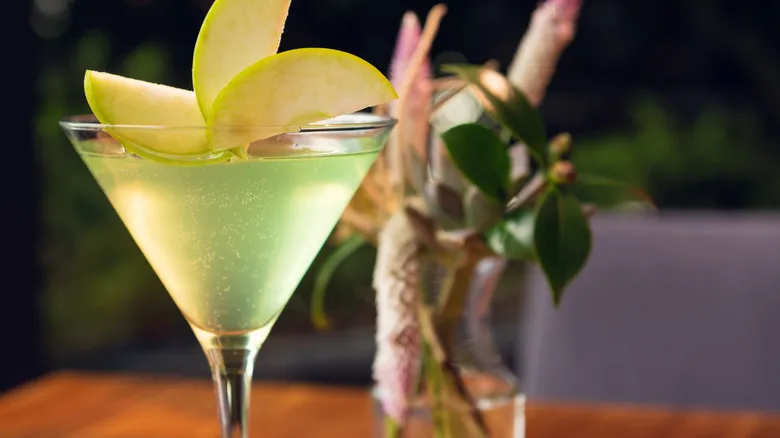
Randy Woodward's account of the Washington apple drink has been recounted frequently in recent years whenever the recipe is mentioned. However, it seems that little effort has been made to verify its authenticity, which is surprising given the abundance of cocktail origin literature available today.
"In general, one should approach cocktail origin tales with a healthy dose of skepticism until they are substantiated," remarked Robert Simonson, a New York Times columnist and author of several cocktail books, including "The Encyclopedia of Cocktails." "There’s a lot of storytelling and claim-making happening." He shared with Chowhound that he was unfamiliar with the drink but found the narrative of 'tripping into a pile of rotten apples' particularly dubious.
Bartender Andrew Bohrer, who wrote "The Best Shots You've Never Tried," is familiar with the drink. "I might as well admit that it's shameful trash that I've made thousands of times and consumed a few dozen," he confessed. Bohrer has been part of the Seattle cocktail scene—from dive bars to upscale cocktail lounges—since the late 1990s. He believes the ingredients complement each other well and has created a "Wapple-inspired" cocktail in his book called the Dollar Bill (which includes rum, applejack, pineapple juice, and cranberry juice).
"I had never heard that story before," Bohrer said. "I’m not sure if it’s more offensive to say I don’t believe the Washington apple origin story at all, or to admit that I wouldn’t be interested in drinking an apple brandy made from Washington apples unless they were specifically cultivated for cider or distillation."
More evidence against the tale
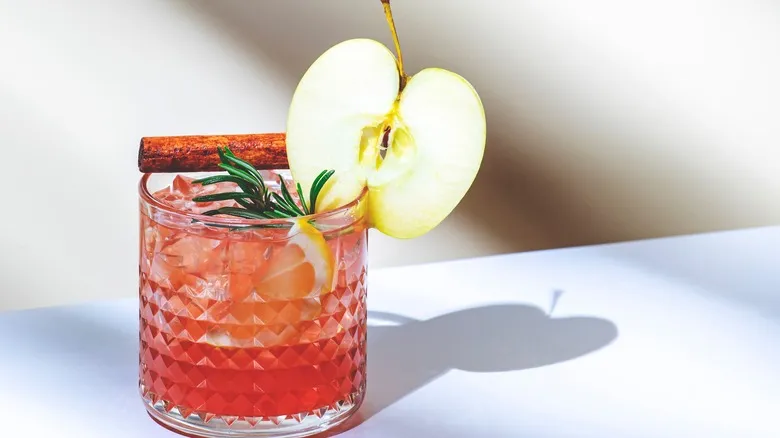
The story contains several plot inconsistencies, starting with the amusing way the drink was discovered. Legends of accidental food creations account for everything from the invention of Texas Toast to Crêpes Suzette, but their credibility is often questionable. Andrew Bohrer recounted the tale behind Hendrick's Gin, where the distiller, while enjoying gin in a rose garden and munching on a cucumber sandwich, decided to blend the flavors. While it's true that some dishes can be discovered by chance, achieving success often requires months of experimentation (just look at the Cronut).
Searching for unique terms and names like "Guycoogan" and "Naguyuc" only leads to discussions about the Washington apple story. Translating "Naguyuc" from Swahili, Hausa, or Yoruba to English using Google Translate yields no results. A review of newspaper archives from the Washington area found no mentions of the cocktail, the unique names, or any bartender named Randy Woodward. Reaching out to veteran bartenders in the Seattle area also revealed no one who recognized him.
There is no clear evidence that Washington faced a significant apple crop failure in the 1980s. The only "disaster" during that period was the waning popularity of the once-dominant Red Delicious apple, which led to the clearing of orchards and the replanting of different varieties. Additionally, a "fine apple liqueur" is produced through distillation, not merely fermentation (which would result in cider), as any knowledgeable bartender should understand.
Chowhound attempted to contact Woodward multiple times through the Advanced Mixology website, using his Amazon contact details, and via his apparent Facebook page, but received no reply. The investigation will persist!
Recommended
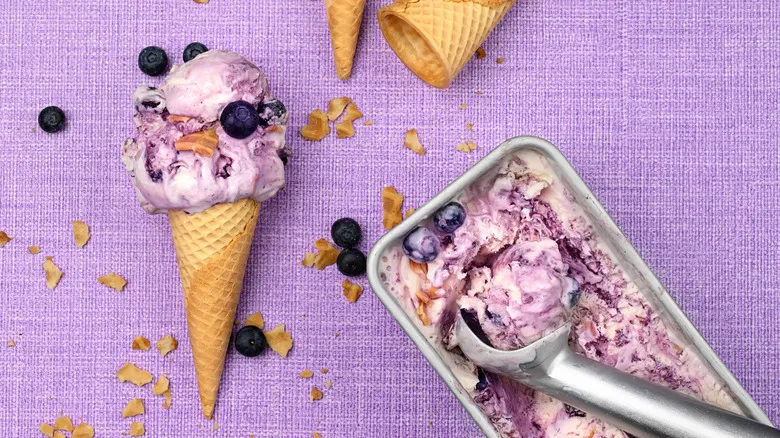
The Secret To The Absolute Smoothest No-Churn Ice Cream Is In Your Liquor Cabinet
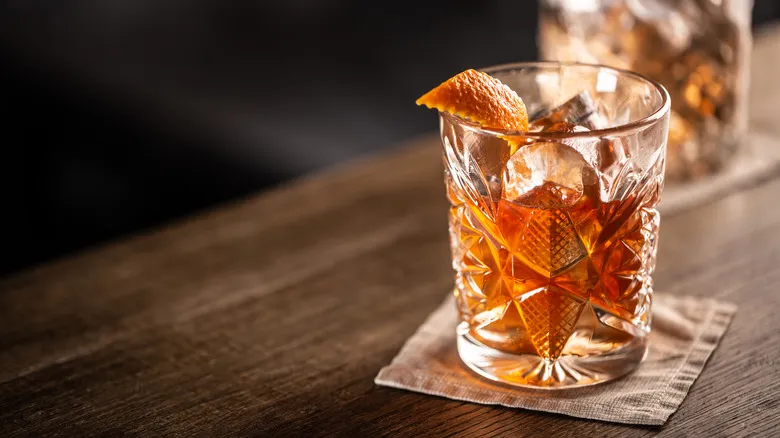
Give Your Old Fashioned A Smoky Makeover With One Simple Swap
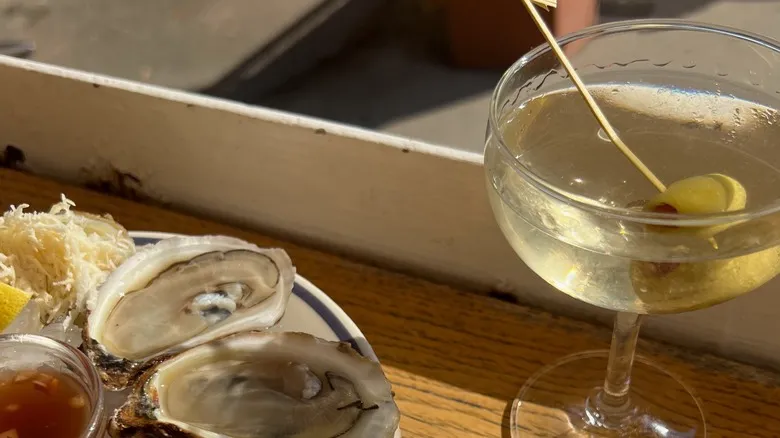
What Is Oyster Vodka And How Do You Mix It Into Martinis?
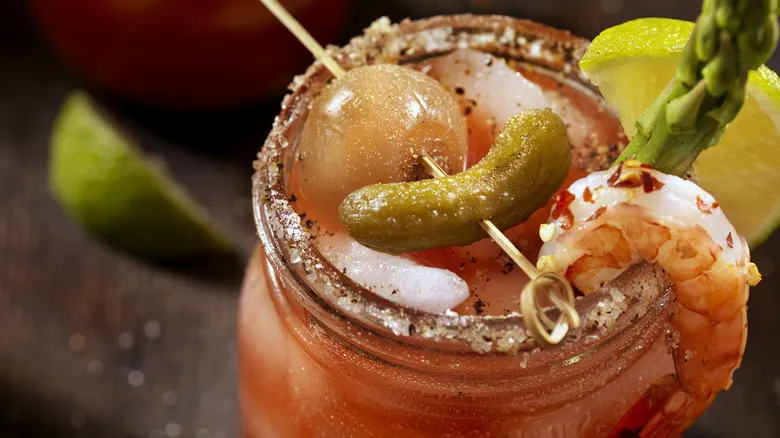
Pair Vodka With Your Pickled Food To Bring Out That Briny Flavor
Next up

